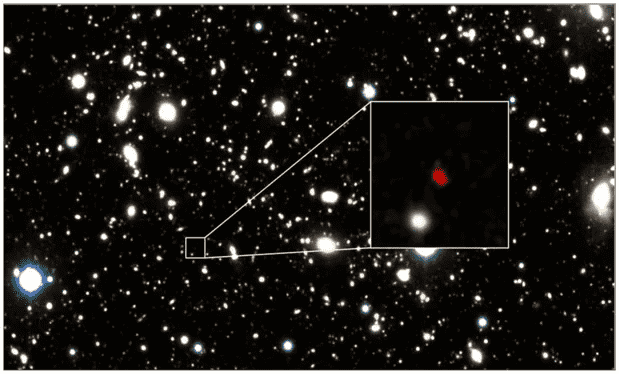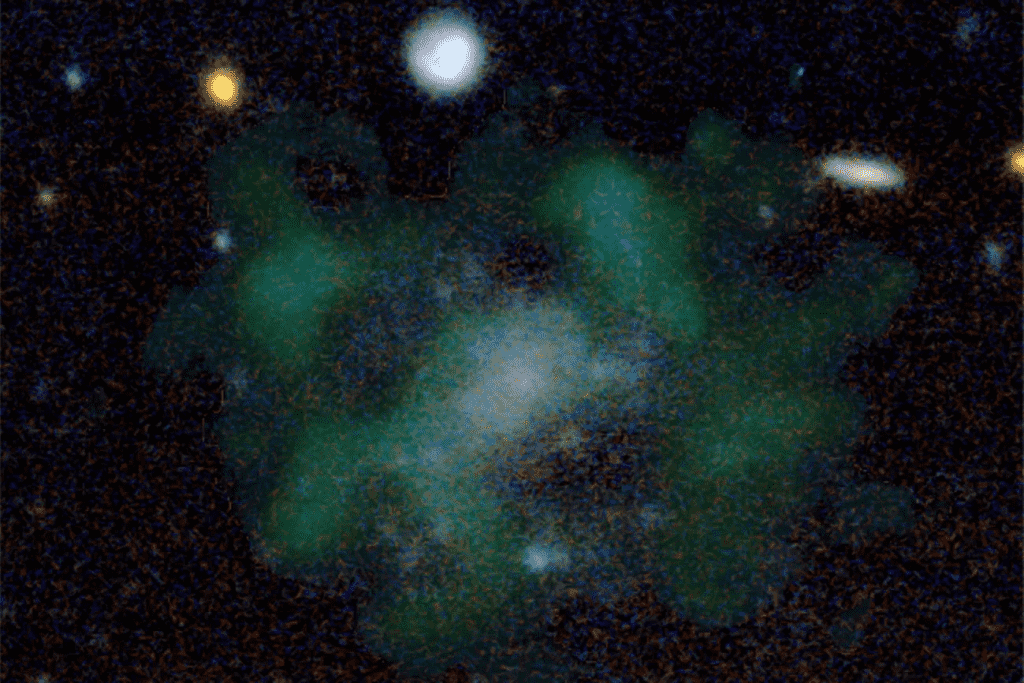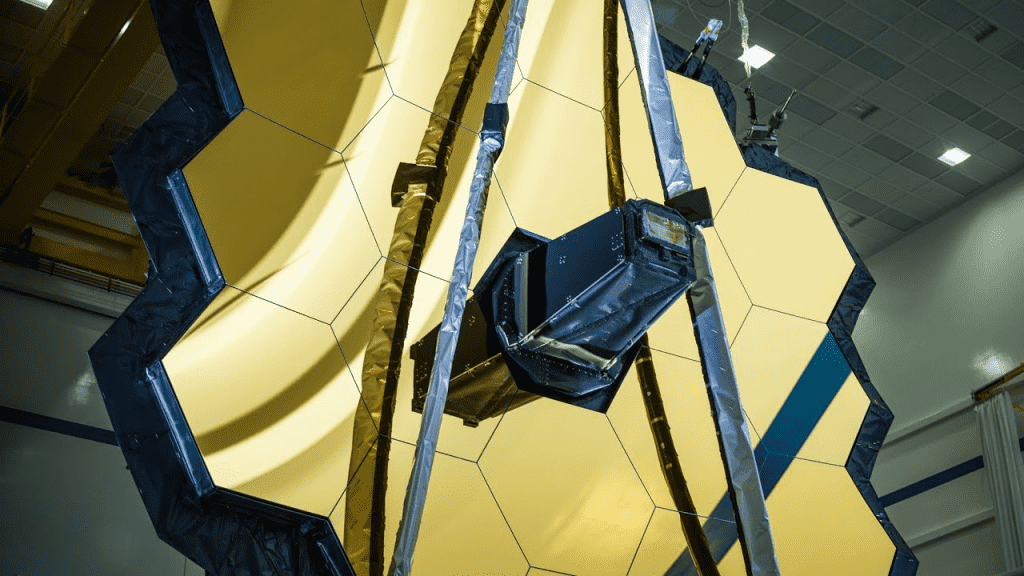Objects that originated even closer to the Big Bang that created our Universe were revealed last week by data from the Webb Space Telescope, including a galaxy that existed for less than 400 million years.

But this week, a brand-new study discovered a galaxy that emerged just 233 million years after the universe’s formation.
Finding many early galaxies can help us determine how rapidly they originated and identify any changes in galactic dynamics that took place at a specific time in history.

A “luminosity function” is a term used to describe the variation in the frequency of visual objects over time. Some research has been done to determine the luminosity function of early galaxies. The early galaxies must, however, be observed from space because Earth’s atmosphere absorbs the infrared wavelengths of those galaxies.
The latest study examined the luminosity dispersion of galaxies that emerged shortly after the Big Bang. But, the researchers discover what appears to be the earliest galaxy ever seen while building a database of early galaxies.
To rebuild the properties of galaxies, the researchers used two data sources. One was produced by analyzing information from the Spitzer space telescope with an earth-based infrared telescope (the ESA’s VISTA telescope). Both captured images of galaxies that had created light reaching Earth while they were comparatively older. The second involved Webb data and a region imaged publicly in the first photo.
The researchers found 55 far-off galaxies, 44 of which were new revelations. Thirty-nine of these were derived from Webb data, including the two old galaxies discovered last week.
The values are less precise at higher redshifts, where the statistics are based on just one or two galaxies. Although there are no dramatic changes or cutoffs, the general picture shows a gradual decline in the number of detectable objects up to a few hundred million years after the Big Bang.

There still are data on a galaxy with an exceptionally high redshift, which is noteworthy. The Big Bang was 250 million years ago, according to that. Furthermore, the object is very dim in the first wavelength filter it appears in, indicating that it is faint at the wavelengths allowed through the filter, which helps determine that distance. This suggests that the hydrogen-produced light reduction is at the filter’s range limit.
It contains the same amount of star-forming matter as a billion Suns, precisely like the far-off galaxies mentioned the week before. Furthermore, the scientists found that star formation could have started 120 million years after the Big Bang and was virtually certainly underway by 220 million.
“Having searched extensively, we cannot find any plausible explanation for this object other than a galaxy at a new redshift record. Adding a second independent confirmation of the earlier galaxy finds greatly increases the confidence we have in those discoveries,” the researchers said.

“All of which indicates the new telescope is delivering as promised, at least in terms of early galaxies.”


